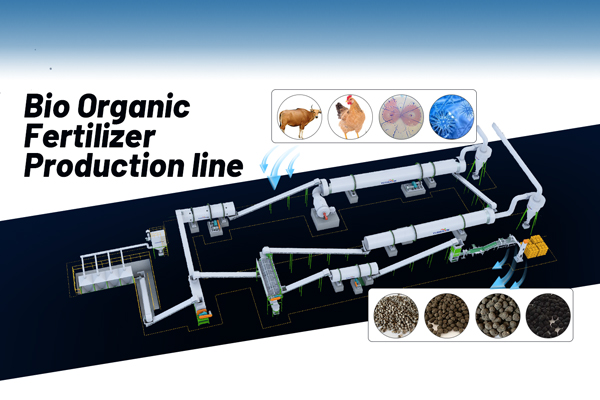Biofertilizers have gained significant attention as sustainable alternatives to chemical fertilizers, promoting healthy plant growth while minimizing environmental impact. Derived from agricultural waste, biofertilizers contribute to nutrient cycling and maintain soil fertility. This article will guide you through the process of producing biofertilizer from agricultural waste, ensuring optimal utilization of resources and enhancement of soil health.
Understanding Agricultural Waste
Agricultural waste refers to the by-products generated from farming activities. Common examples include crop residues, animal manure, and leftover fruits and vegetables. These waste materials are rich in organic matter and essential nutrients, making them ideal candidates for biofertilizer production.
Step-by-Step Process to Make Biofertilizer
1. Collection and Selection of Raw Material
Begin by collecting suitable agricultural waste materials. Prioritize those rich in organic content, such as crop residues and animal manure. Ensure that the materials are free from contaminants like pesticides or heavy metals to avoid introducing harmful substances into the soil.
2. Pre-Treatment of Waste
Shred the collected waste into smaller pieces to increase the surface area, facilitating microbial action. This pre-treatment accelerates the decomposition process and improves the efficiency of biofertilizer production.
3. Composting
Arrange the shredded waste in layers and introduce microorganisms to initiate composting. This can be achieved by adding a starter culture or a small amount of previously prepared compost. The microorganisms will break down the organic matter, releasing essential nutrients over time. In composting process, you can use biofertilizer compost turner to regulate the compost conditions. Click here to get more!
4. Monitoring and Aeration
Regularly monitor the temperature and moisture levels of the compost pile. Keep the pile moist but not waterlogged, and turn it periodically to ensure proper aeration. This enhances microbial activity and prevents the formation of anaerobic conditions, which can hinder the composting process.
5. Maturation
Allow the compost to mature for several weeks, during which the material becomes stable and nutrient-rich. The matured compost is dark, crumbly, and has an earthy smell, indicating that it is ready for use as biofertilizer.
6. Application and Usage
Once the biofertilizer is ready, it can be applied directly to the soil or mixed with conventional fertilizers to enrich nutrient content. Regular usage of biofertilizers improves soil fertility, enhances plant growth, and contributes to sustainable agricultural practices.

Benefits of Using Biofertilizer
Using biofertilizers derived from agricultural waste offers several advantages. These include improved soil structure, increased nutrient availability, and reduced reliance on chemical fertilizers. Moreover, the process is eco-friendly, reducing environmental pollution associated with waste disposal and chemical runoff. YUSHUNXIN can provide the agriculture waste biological oragnic fertilizer buissness plan for you, welcome to consult!
Conclusion
Producing biofertilizer from agricultural waste is a viable and environmentally friendly way to boost soil health and promote sustainable agriculture. By following the outlined steps, farmers and agricultural enthusiasts can effectively convert waste into valuable resources, fostering an eco-conscious approach to farming. Embrace the use of biofertilizers to achieve healthier crops, sustainable soil management, and a greener planet. If you are interested in it, please visit: https://www.biofertilizerproduction.com/product/bio-organic-fertilizer-production-line/